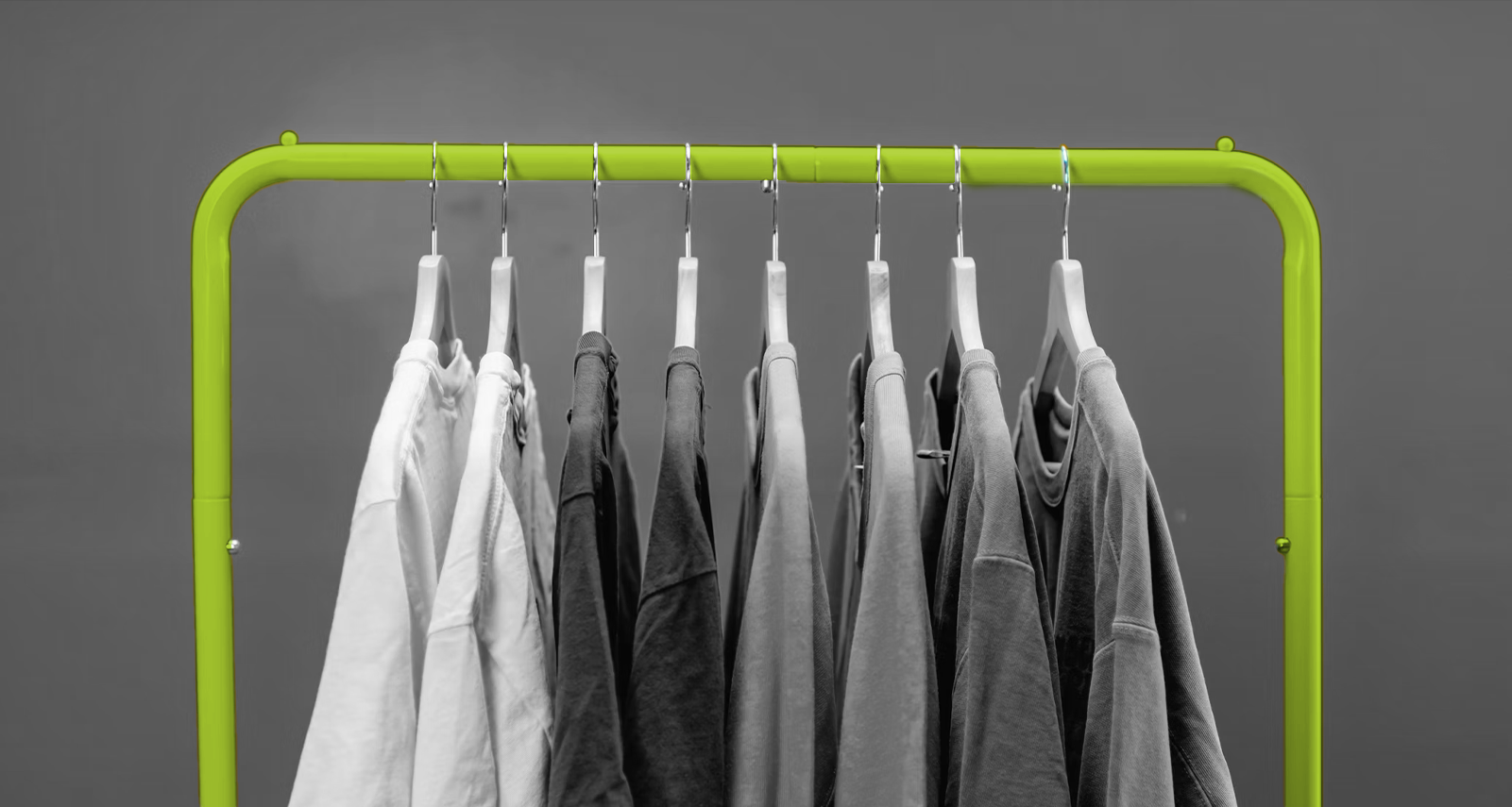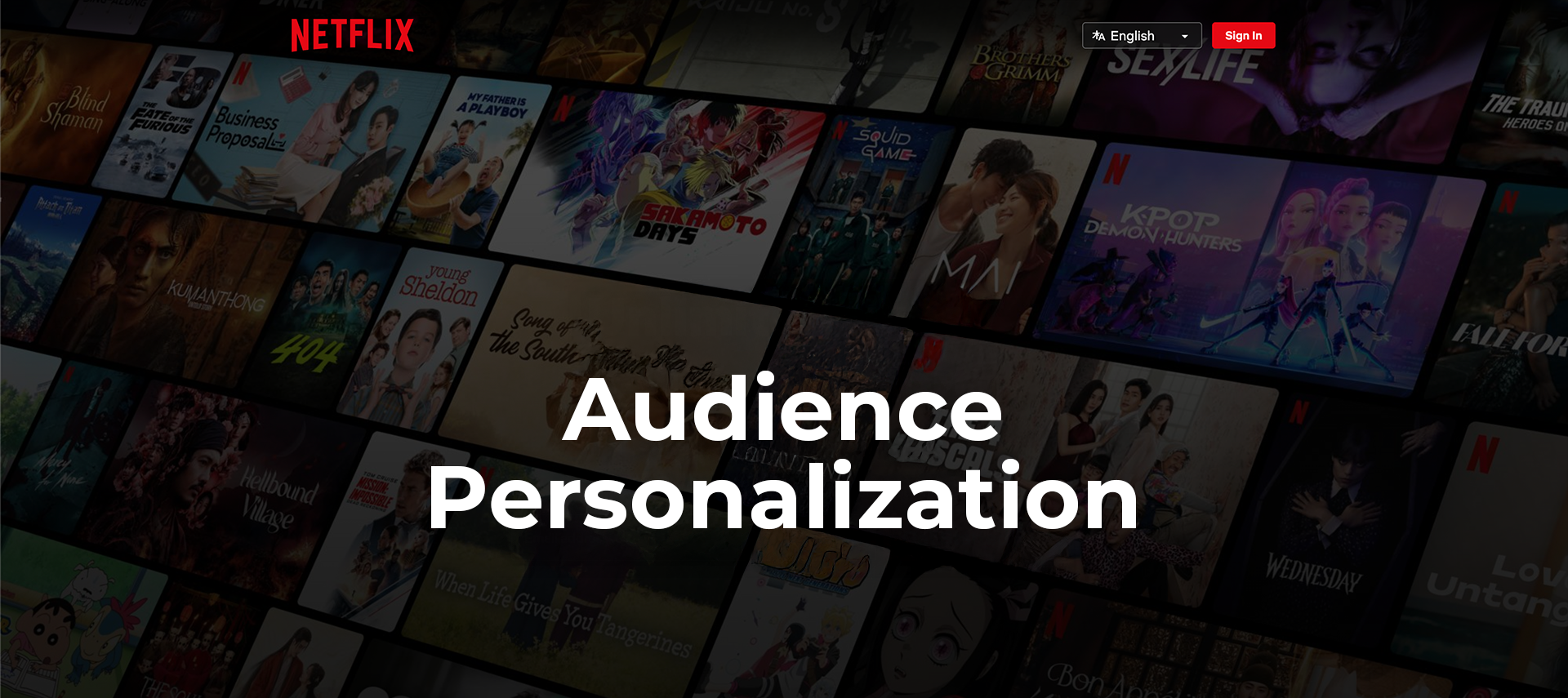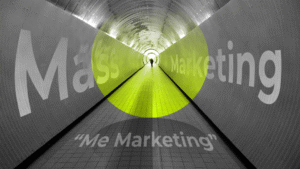Netflix is not just recommending shows, it is reshaping how stories are told so each viewer experiences something different. At [mg.limited], we believe this is the clearest example of personalized marketing in action. Netflix turned what could have been a simple streaming service into a brand loved worldwide, not by accident, but by design.
This article explores how Netflix transformed personalization into a branding masterclass. From adaptive storytelling to data-driven creativity, we’ll uncover lessons marketers can apply today. For us at Mueller Group Limited, it’s a reminder of why we always choose to go the extra mile when building brands.
What Personalization Really Means Today
Personalization today is far more than inserting someone’s name in an email. It has evolved into adaptive storytelling, one product experienced differently depending on the audience.

In marketing and branding, personalization is now the baseline, not a bonus. The companies that treat it as optional risk falling behind. Brands that thrive see personalization as part of the customer experience itself, woven into every interaction.
Netflix’s Personalization Engine – Beyond Recommendations
Netflix built its success on personalized marketing that goes deeper than a “you might like this” banner.
Their personalization engine includes:
- Thumbnails: Each show can appear with different visuals depending on your viewing history.
- Ranking & surfacing: What appears first on your home screen adapts to context and behavior.

This is micro-level storytelling. It feels like Netflix is curating a private cinema for you, not just throwing content on a screen. That intimacy at scale is exactly what customer experience leaders dream of achieving.
Adaptive Storytelling: One Show, Many Stories
Adaptive storytelling is where Netflix shines. Take Stranger Things:
- Some users see Eleven front and center, highlighting the thriller vibe.
- Others see the group of friends, evoking nostalgia and warmth.
The branding impact is powerful. Netflix reinforces its promise of “something for everyone,” not through slogans but through actual user experience. This is personalized marketing at its best, one story, many angles, each viewer feeling like it was made for them.
Why Netflix’s Personalization Works
So why does it work so well? Three reasons stand out:
- Data + Emotion. Algorithms crunch behavior, but the output is emotional resonance.
- Scale + Intimacy. Millions of users, yet each feels the platform speaks directly to them.
- Brand Positioning. Netflix marketing strategy strengthens its role as “the storyteller of our time”.

For us at mg.limited, this shows the real secret: personalization doesn’t just make things convenient. It builds brand love. When done right, it becomes inseparable from the brand identity itself.
>>> Related article: Hyper-Personalization: From Mass Marketing to “Me Marketing”
Lessons for Marketers: Personalization as Brand Philosophy
Here’s where marketers can learn from Netflix. Personalized marketing should not be a campaign afterthought. It should be treated as a brand philosophy.
Practical applications include:
- Content marketing: Blogs, emails, social posts tailored for different personas.
- Creative assets: Ads and visuals that highlight different narratives for different segments.
This is where we at Mueller Group Limited push our partners. Go beyond one-size-fits-all. Personalized marketing can turn routine content into a relationship. And when brands go the extra mile in making audiences feel seen, they unlock loyalty no campaign can buy.
Conclusion: The Power of Adaptive Branding
Netflix shows personalization is not a gimmick but a strategy for long-term brand building. The lesson for all marketers is clear. Personalized marketing equals adaptive storytelling.
At [mg.limited], we believe brands that go the extra mile in personalization will earn something far more valuable than clicks. They will earn loyalty and love. That is the essence of branding today.




